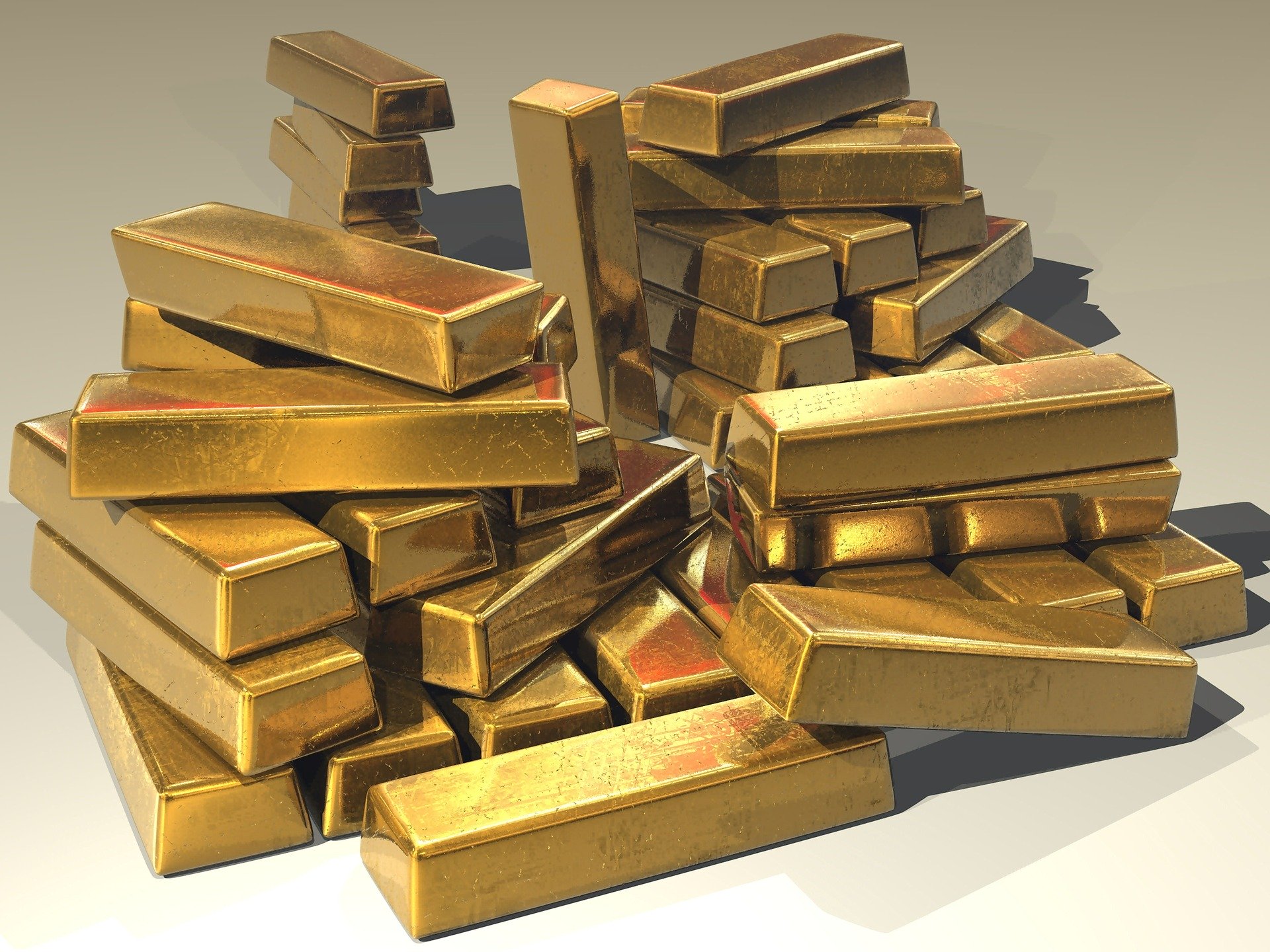Gold does not pay a dividend. It costs money to ship and store. It has neither earnings nor growth. What’s to like?
The 29% year-to-date price increase through the end of July, for one.
Treasurys, cash and gold. These are the assets investors seek when fear takes over from greed. There was plenty of fear when the stock market plummeted in March.
That fear has abated somewhat, but the economic uncertainty with much of the world’s economy still shut down will keep safe haven assets popular in the near term.
The Fed added $3 trillion to the money supply this year through its asset purchase program. The European Central Bank and the Bank of Japan have similar programs.
More dollars, euros and yen chasing goods should be inflationary.
During the double-digit inflation 1970s, gold shot up from a real or inflation adjusted $240 per ounce to over $2,200. The run-up in gold today is by no means stretched when looked at over a 40-year span.
The real price today is 10% lower than in 1980. And for technical traders, the gold chart is a nine-year-long $800 deep cup shaped base from which it finally broke out.
Inflation in the U.S. would weaken the dollar, and gold is inversely correlated to the dollar. When the dollar weakens, the gold price goes up.
This is completely rational. Gold is sold in euros, too. If the dollar goes down relative to the euro, either the price of gold goes up in dollars or down in euros. It cannot stay the same.
Portfolio diversifier
Gold is neither positively nor negatively correlated to stocks. Rather, the two assets are not correlated, meaning the movement of one does not predict the movement of the other.
The correlation oscillates between 0.4 and -0.4 (1.0 would indicate the assets moving together and -1.0 would indicate assets moving oppositely). Non-correlation to stocks thus makes gold a good portfolio diversifier.
However, gold has tended to be inversely correlated to stocks during the past four recessions, adding positive portfolio return when diversification from stocks was needed the most.
Additionally, the disadvantage of owning a non-dividend paying diversifying asset is mitigated by the historically low interest rates on Treasurys across the yield curve. Gold buyers are not sacrificing much in yield for the potential price appreciation.
How to buy gold
For exposure to gold, you can choose between physical gold, gold ETFs or gold mining stocks. Physical gold is the most inconvenient and most expensive. Gold bars and coins sell at a premium to the gold spot price and they need to be securely shipped and stored.
Gold ETFs are the easiest investment vehicle to gain exposure to the price movement of gold. The SPDR Gold Trust (GLD) and iShares Gold Trust (IAU) are the largest and most liquid gold ETFs.
These ETFs follow gold price movement less expenses, 0.40% for GLD and 0.25% for IAU. A gold allocation on a computer screen is not the same as having gold in your safe, but GLD gold is stored in HSBC’s London vault.
IAU gold is stored in London, New York and Toronto. Both funds disclose the gold bar lists and independent firms inspect the gold storage.
Gold miner stocks is the other vehicle. In theory, dramatically higher gold prices should dramatically improve gold miners’ margins and profits. That is not always the case, however.
The VanEck Vectors Gold Miners ETF (GDX) provides exposure to 53 miners in the sector. GDX is directionally correlated to gold, but it has drastically underperformed. Since its inception in 2006, the total return for GDX was 26% compared to 188% for IAU.


